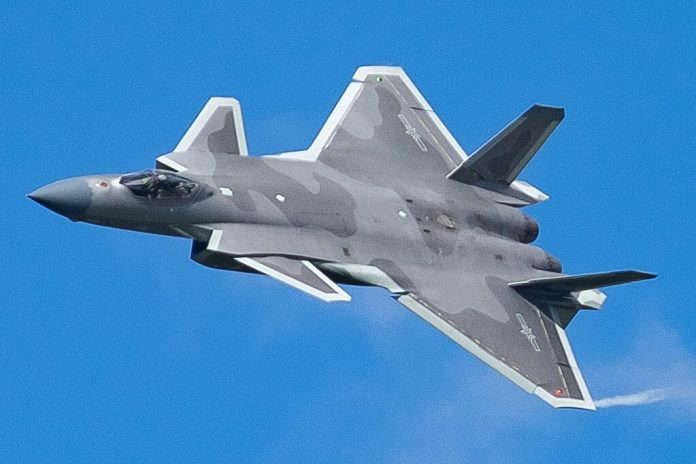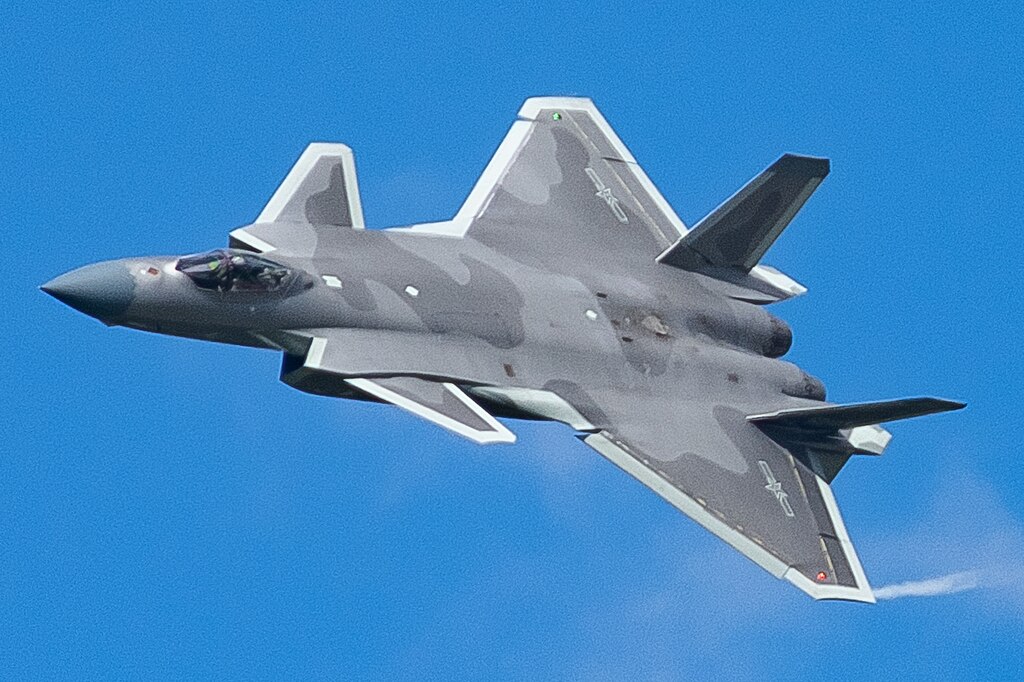
How does the stealth fighter become more lethal than the dogfighting icons it was originally compared against? The solution is not in airshow agility competitions, but in the remorseless precision of its design objectives and China’s Chengdu J-20 Mighty Dragon is the embodiment of that evolution. Anything but a derivative clone of the F-22 or F-35, the J-20 is a design-purpose tool to exploit the softest spots in America’s Pacific warfighting webs.
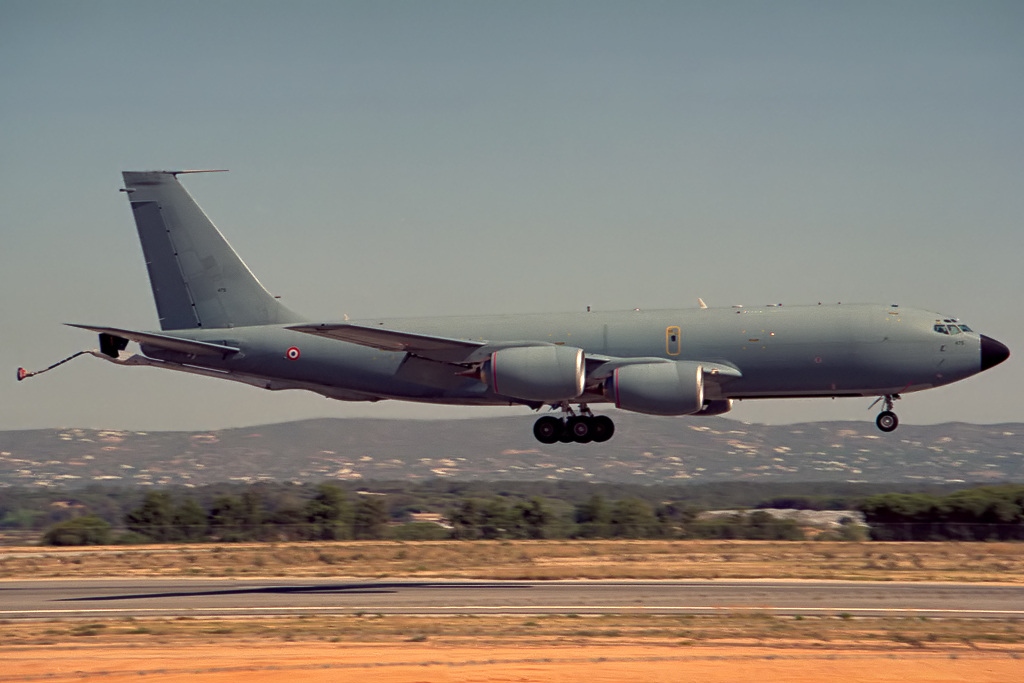
1. Strategic Reach: Transcending the Tyranny of Distance into Strength
The Indo-Pacific’s vast distances have long been a logistical challenge for U.S. airpower, forcing the employment of aerial refueling tankers to stretch the range of shorter-range fighters beyond their capabilities. The J-20’s designers integrated directly into this vulnerability. With an estimated 2,000-kilometer combat radius, enabled by vast internal fuel capacity and supercruise-qualified engines, the aircraft can take off from hardened interior bases outside of initial missile attack range and reach out deep into the first and second island chains.
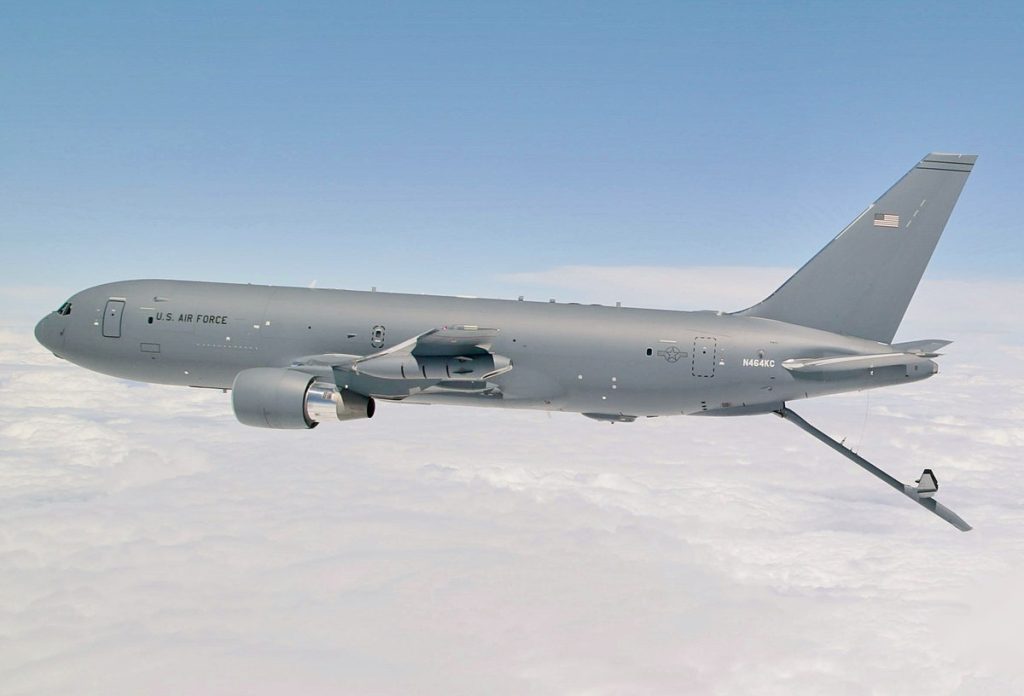
This is enough to enable it to penetrate U.S. fighter screens and chase the real enablers of American air power: KC-135 and KC-46 tanker aircraft, and E-3 AWACS. Under the umbrella of China’s anti-access/area denial (A2/AD) network, the J-20 is now an advance-deployed killer, reversing the “tyranny of distance” that has long constrained Beijing’s airpower.
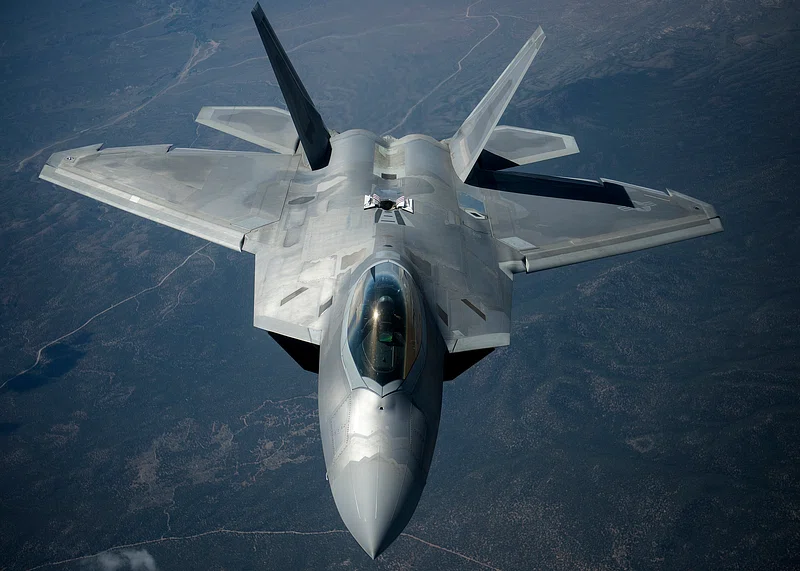
2. Designed-in Stealth for High-Value Ambush
Critics point to the J-20’s canards and engine nozzles as evidence of its subpar stealth compared to the F-22. But its low-observable shaping is specifically designed for frontal-aspect penetration, not all-aspect hiding. The refined nose, wing-body, diverterless supersonic intakes, and internal weapon bays are minimized radar cross-section head-on to enable the aircraft to close on high-value targets before they can be detected. The design gives up stealth perfection for mission-killing lethality: sneak in past patrols, shoot long-range missiles, and get out before being intercepted.
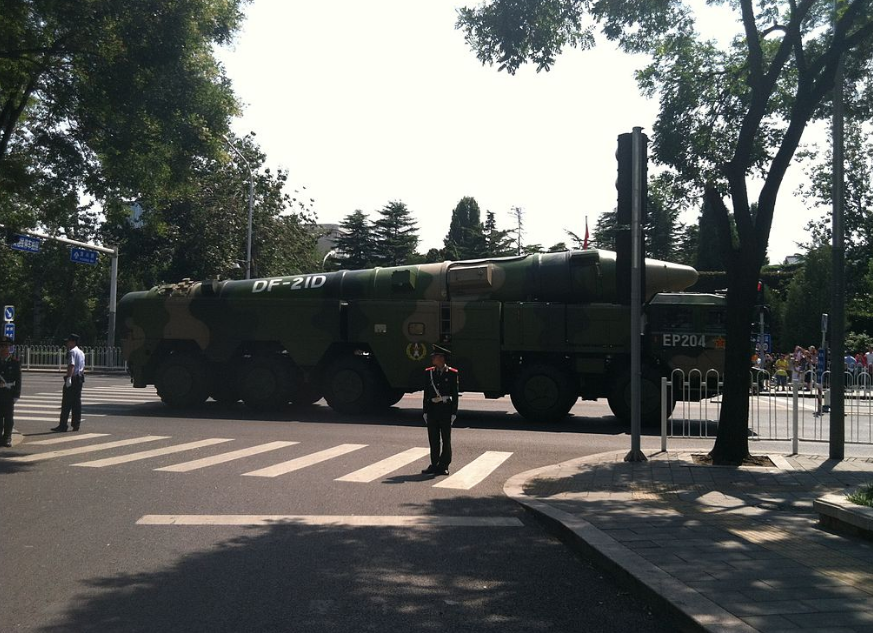
3. Top-of-the-line Avionics and Sensor Fusion as a Force Multiplier
The J-20’s combat capacity is improved by its avionics suite: a massive AESA radar, chin-mounted Electro-Optical Targeting System, and distributed aperture infrared sensor network. All this feeds into a sensor fusion architecture that provides a common battlespace picture, which can be shared across the PLA’s kill chain. In operation, a J-20 locating a U.S. surface warship might covertly transmit coordinates to a DF-21D anti-ship ballistic missile battery several hundred miles away, serving as a stealth ISR node deep in denied airspace. This mission ability is a Chinese equivalent of the U.S. Joint All-Domain Command and Control (JADC2) concept, yet within China’s own integrated A2/AD framework.

4. The PL-15: Expanding the Lethal Envelope
Lying at the heart of the J-20’s combat envelope is the PL-15 long-range air-to-air missile, developed by the China Airborne Missile Academy. Featuring a dual-pulse solid rocket motor and an AESA radar seeker for guidance, the PL-15 has an engagement range of 200–300 kilometers well in excess of the AIM-120D AMRAAM. This range superiority enables the J-20 to engage supporting aircraft from stand-off ranges, generating a “no-go” zone for U.S. ISR and refueling platforms. Its electronic counter-countermeasures and endgame energy withholding facilitate the missile as a strategic enabler in Beijing’s kill chain disruption doctrine prior to even close combat engagement.
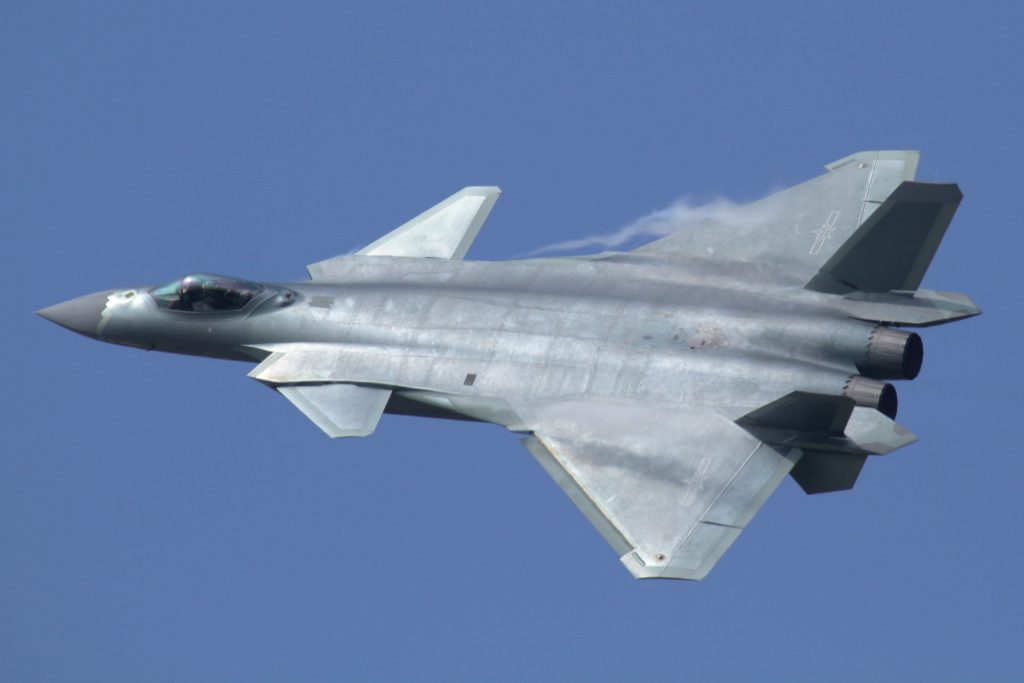
5. The Two-Seat J-20S: Manned-Unmanned Teaming in Practice
The J-20S unveiled at Zhuhai Airshow 2024 is the world’s first two-seat operational stealth fighter. The mission command seat is located in the rear, dedicated to manned-unmanned teaming (MUM-T) missions. As an air node of command and control, the J-20S is able to command swarms of loyal wingman drones for reconnaissance, jamming, decoy, or strike missions. This labor division minimizes pilot task saturation in contested airspace and moves the aviation force one step closer to distributed, multi-axis air combat. Increasing folding-fin PL-15E missile capability adds internal carriage from four to six rounds as well, increasing sustained engagement capability further.

6. Integration into China’s Expanding A2/AD Architecture
The J-20’s role is magnified when viewed in context of PLA’s greater A2/AD system, which superimposes anti-ship ballistic missiles, extended-range SAMs, advanced EW aircraft of the next generation, and growing aerial refueling capacity. As PACAF commander Gen. Kevin B. Schneider noted, China’s influence is stretching “farther and farther through the first and second island chain.” The J-20’s range and sensor fusion capabilities make it an ideal forward node in this network, cueing long-range fires and frustrating U.S. Agile Combat Employment concepts predicated on spaced, lightly defended bases.
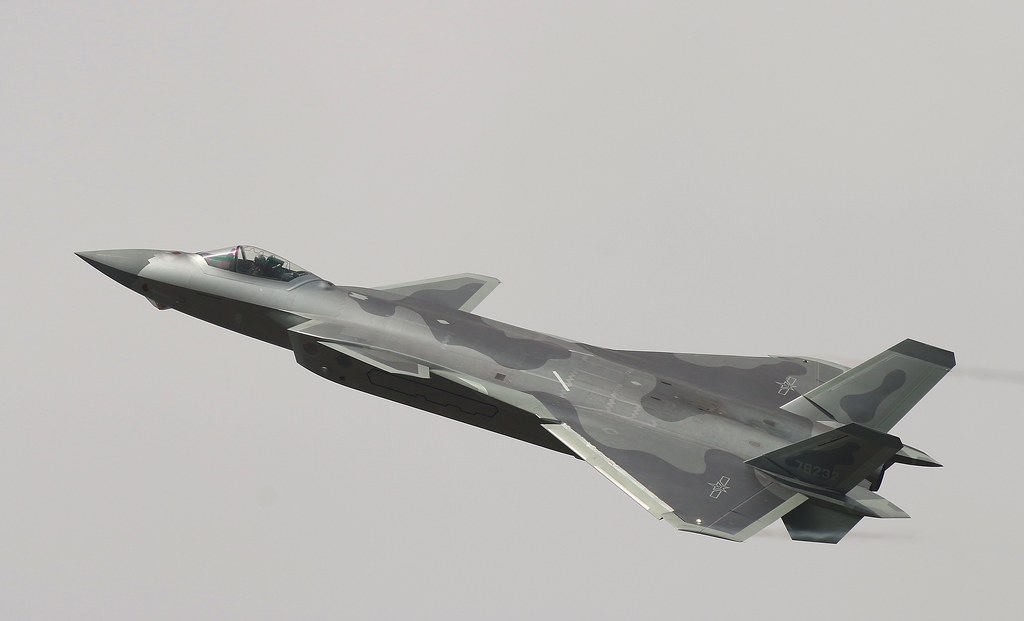
7. Strategic Implications for U.S. Airpower
To the U.S. Air Force, the J-20’s debut underscores a requirement to place next-generation air dominance capacity in the hands of the warfighter and counter long-range missile threats. The AIM-260 Joint Advanced Tactical Missile is being designed to close the range against the PL-15, but until that arrives, U.S. forces are faced with an adversary who can strike key enablers beyond their own kill chains.
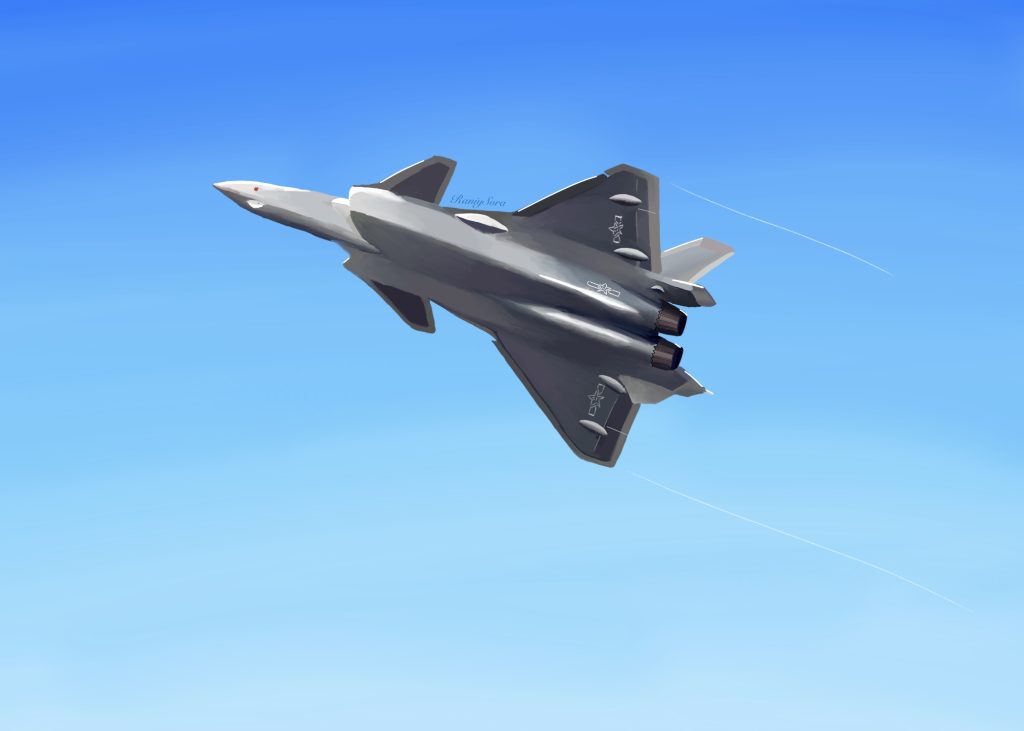
The J-20’s reach, stealth, networked sensor, and MUM-T capabilities are heralding a doctrinal shift: the battles of Pacific air combat of the future are no longer going to be won in turning battles, but in who can see, decide, and shoot first typically at several hundred kilometers’ range.
